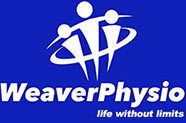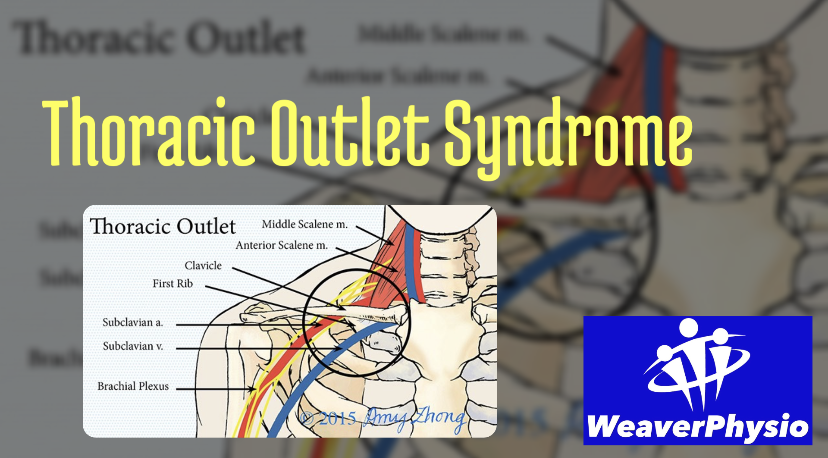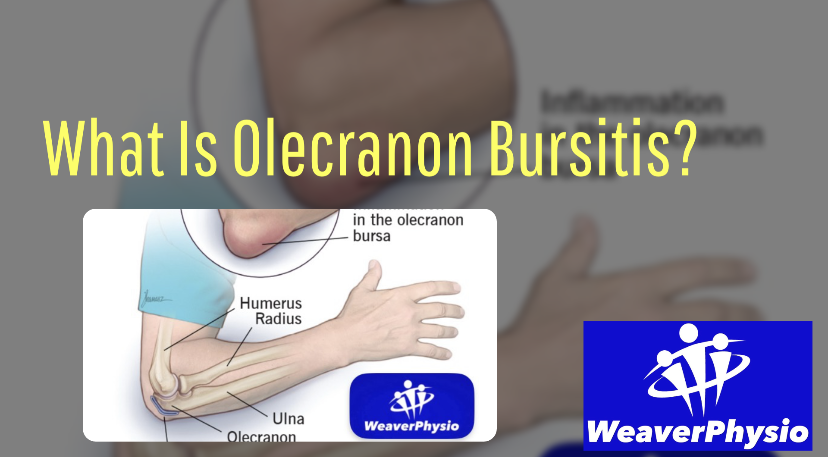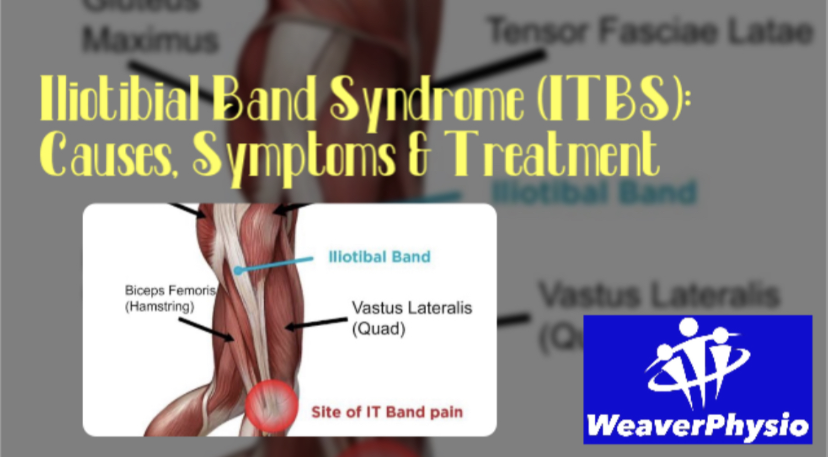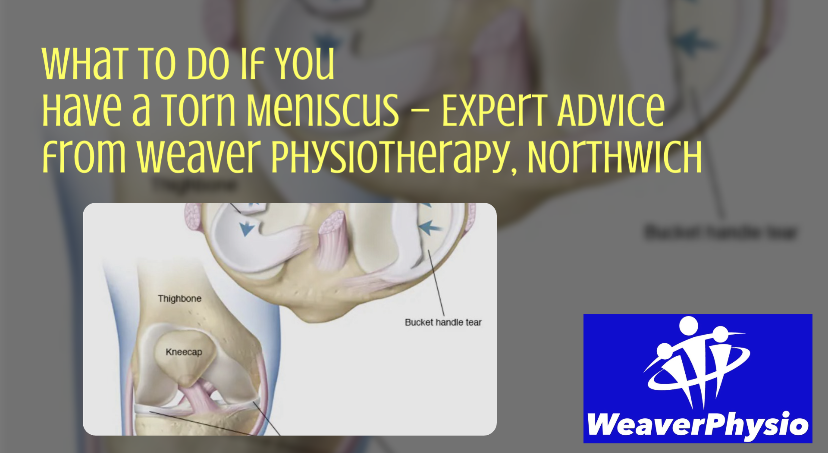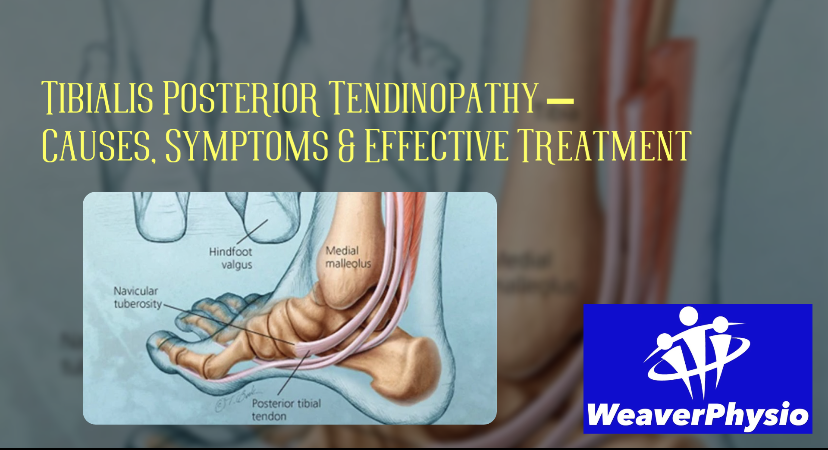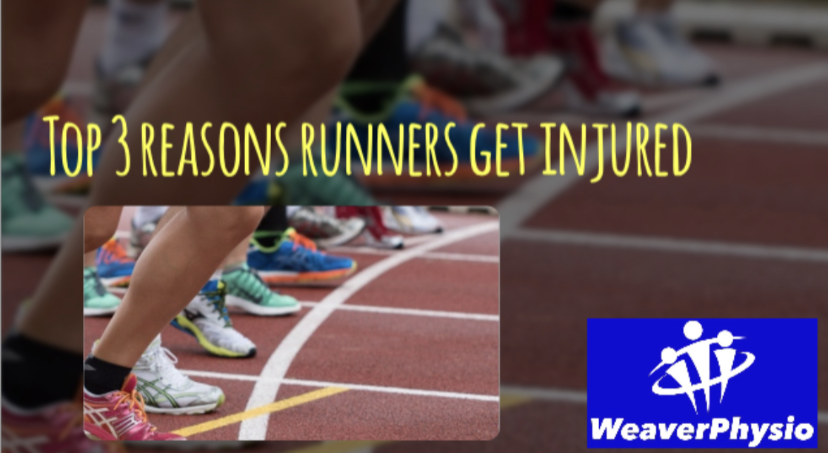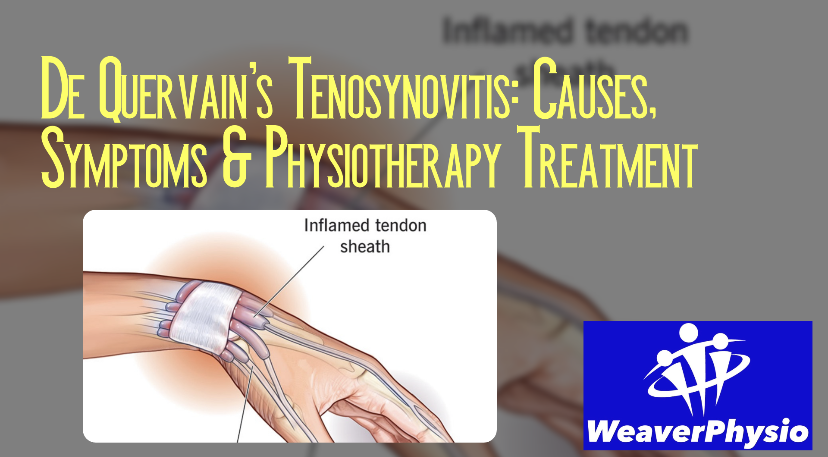What Is Trigger Finger?
Causes, Symptoms & Physiotherapy Treatment in Cheshire
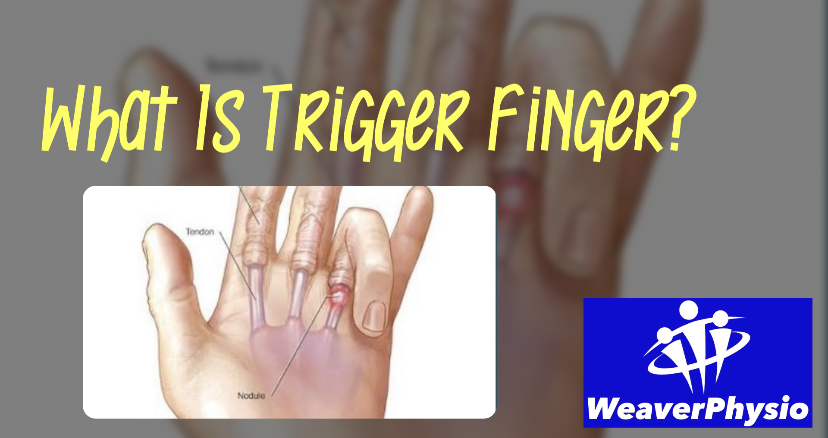
Introduction
Do you ever notice your finger catching, clicking, or locking when you try to bend or straighten it? Does it sometimes get “stuck” in a bent position and then suddenly snap straight? If so, you may be experiencing a condition known as Trigger Finger, medically called Stenosing Tenosynovitis.
At Weaver Physiotherapy & Sports Injury Clinic in Northwich, Cheshire, our team of experienced Chartered Physiotherapists help people every week who are struggling with Trigger Finger and other hand-related conditions. This blog explains what Trigger Finger is, why it happens, common symptoms, and how physiotherapy treatment can help relieve pain and restore hand function – without the need for invasive procedures.
What Is Trigger Finger?
Trigger Finger is a condition where one or more fingers (or the thumb) become painful, stiff, and may lock or click when moved. It occurs when the flexor tendon, which bends your finger, becomes inflamed or thickened, making it difficult to glide smoothly through the tendon sheath — a protective tunnel that holds the tendon close to the bone.
When the tendon catches, the affected finger can suddenly “pop” or “click” straight — like a trigger being pulled and released, which is how the condition gets its name.
Trigger Finger can affect any finger but is most common in the ring finger and thumb (sometimes called Trigger Thumb).
How Common Is Trigger Finger?
Trigger Finger is a common hand condition, particularly among people who perform repetitive gripping or manual tasks.
• It affects approximately 2–3% of the general population, but is more common in women over 40.
• Among people with diabetes or rheumatoid arthritis, the incidence can rise to 10% or higher.
• The thumb, ring, and middle fingers are most frequently affected.
At Weaver Physio, we often see Trigger Finger in:
✔️ Manual workers (plumbers, gardeners, factory operatives)
✔️ Office workers using keyboards and mice for long hours
✔️ Musicians
✔️ Runners and gym-goers who grip weights, handlebars, or equipment frequently
The Anatomy Behind Trigger Finger
To understand Trigger Finger, it helps to know a little about hand anatomy.
Each finger has a flexor tendon that connects the forearm muscles to the bones in your fingers. These tendons run through a series of small pulleys (called A1–A5 pulleys) that keep them close to the bone, allowing smooth finger movement.
In Trigger Finger, the A1 pulley (located near the base of the finger or thumb) becomes narrowed or inflamed, creating friction and irritation when the tendon slides through it. The tendon itself may also develop a nodule — a small lump that further blocks movement.
When the tendon tries to move through the tight sheath, it catches — causing pain, stiffness, or the characteristic “clicking” sensation.
Common Causes of Trigger Finger
Trigger Finger develops due to repetitive strain, irritation, or inflammation of the tendon sheath. Some of the most common causes and risk factors include:
1. Repetitive or Forceful Gripping
Repeated use of tools, handles, or heavy lifting puts pressure on the flexor tendons, leading to micro-irritation and thickening.
2. Underlying Health Conditions
• Diabetes: People with diabetes are up to four times more likely to develop Trigger Finger.
• Rheumatoid Arthritis: Chronic inflammation can affect tendon linings.
• Gout and thyroid disorders can also increase risk.
3. Age and Gender
It most often occurs between ages 40–60 and is more common in women, possibly due to hormonal influences.
4. Occupational and Recreational Activities
• Manual labour, factory work, gardening, and sewing
• Musicians and athletes
• Computer users and mobile device overuse
5. Trauma or Injury
A direct blow or strain to the palm or finger can irritate the tendon and trigger inflammation.
Symptoms of Trigger Finger
Trigger Finger can range from mild stiffness to severe pain and locking. Common symptoms include:
✔️ Pain or tenderness at the base of the affected finger or thumb
✔️ Clicking, popping, or snapping when bending or straightening
✔️ Stiffness, especially in the morning
✔️ A small lump or nodule at the base of the finger (in the palm)
✔️ The finger locking in a bent position that suddenly releases
✔️ In severe cases, the finger gets stuck and must be straightened manually
Symptoms are often worse in the morning, after rest, or during activities involving gripping or pinching.
How Is Trigger Finger Diagnosed?
Diagnosis is usually straightforward. At Weaver Physiotherapy, our clinicians perform a detailed hand examination that includes:
• Palpating (feeling) for nodules or tenderness near the base of the affected finger
• Assessing movement — checking for clicking, locking, or limited range
• Discussing lifestyle and activity patterns that may contribute
• Evaluating associated conditions (e.g., diabetes, arthritis)
In most cases, imaging (such as ultrasound) is not required, unless symptoms are complex or not improving.
Can Trigger Finger Go Away on Its Own?
Mild cases sometimes improve with rest, stretching, or temporary activity modification — but most cases persist or worsen without targeted treatment.
Early physiotherapy intervention can prevent the condition from progressing to the “locking” stage and help restore smooth, pain-free motion naturally.
Physiotherapy Treatment for Trigger Finger
At Weaver Physio, our expert team uses evidence-based physiotherapy techniques to reduce inflammation, restore normal tendon movement, and strengthen the hand to prevent recurrence.
Here’s how we approach treatment:
1. Pain Relief & Inflammation Management
We use hands-on manual therapy, soft tissue techniques, and gentle mobilisations to ease pain and improve tendon glide. In some cases, ultrasound therapy or taping may also help.
2. Activity Modification
We identify and modify aggravating tasks — such as gripping, typing, or lifting — to give the tendon time to recover without complete rest.
3. Splinting or Night Support
A custom finger splint can prevent the affected finger from locking during sleep and reduce strain on the tendon.
4. Stretching & Mobility Exercises
Our physiotherapists prescribe simple finger and hand stretches to maintain flexibility and reduce stiffness. Example:
• Finger extension stretch: Place your hand flat on a table and gently lift each finger off one at a time.
• Tendon-gliding exercises: Move the finger through its range in a controlled way to promote smooth tendon motion.
5. Strengthening Exercises
Once pain settles, targeted strengthening helps improve grip control and prevent recurrence.
Exercises may include:
• Squeezing a soft ball or putty
• Isometric holds
• Finger abduction/adduction drills
6. Shockwave Therapy
For chronic or stubborn cases, Shockwave Therapy may be recommended. This non-invasive treatment uses sound waves to stimulate healing, reduce inflammation, and promote tissue repair — often accelerating recovery in stubborn cases.
7. Acupuncture or Dry Needling
At Weaver Physio, acupuncture may be used to relieve pain and relax overactive muscles around the affected area, supporting overall hand recovery.
Home Management Tips
You can support your recovery at home with these self-care tips:
• Avoid repetitive gripping or vibration tools where possible.
• Gently stretch the affected finger several times daily.
• Use a warm compress to relax tissues before activity.
• Massage the palm and base of the finger to ease tightness.
• Maintain good posture and wrist ergonomics at work.
• Stay active – movement helps circulation and tissue healing.
When Is Surgery Needed?
Most Trigger Finger cases improve with conservative physiotherapy and non-surgical management. However, if the finger remains locked or pain persists after several months, a minor surgical procedure may be recommended.
This involves releasing the tight A1 pulley so the tendon can glide freely again. Surgery has a high success rate but should be considered only after non-invasive treatments have been tried.
At Weaver Physio, we work closely with local hand surgeons and GPs, ensuring continuity of care if surgical referral is needed.
Recovery Time
Recovery depends on the severity of the condition and how early treatment begins:
• Mild cases: 4–6 weeks with physiotherapy and exercise
• Moderate cases: 8–12 weeks
• Post-surgery recovery: around 6 weeks before full function returns
Most patients who seek early treatment at Weaver Physiotherapy report significant improvement in pain, grip strength, and finger movement within just a few sessions.
Preventing Trigger Finger
Prevention focuses on reducing strain on the tendons and maintaining flexibility.
✅ Take regular breaks from repetitive hand tasks
✅ Stretch and warm up before heavy lifting or typing
✅ Use ergonomic tools and keyboard supports
✅ Strengthen forearm and hand muscles
✅ Treat early signs of stiffness promptly
Our physiotherapists can perform an ergonomic assessment or provide preventative exercises for workers, athletes, and musicians to minimise future flare-ups.
How Weaver Physio Can Help
At Weaver Physiotherapy & Sports Injury Clinic, we understand how frustrating hand and finger pain can be — affecting work, hobbies, and everyday tasks.
Our comprehensive approach combines:
✔️ Expert assessment and diagnosis
✔️ Hands-on treatment to ease pain and stiffness
✔️ Tailored exercise and rehabilitation programmes
✔️ Education to prevent recurrence
✔️ Access to Shockwave Therapy and Acupuncture if needed
We don’t just treat the symptoms — we find and fix the cause. Whether your goal is returning to work, lifting weights, or playing your instrument again, we’ll help you achieve lasting, pain-free movement.
Why Choose Weaver Physiotherapy?
• 70+ years of combined clinical experience
• Evidence-based treatments with proven results
• Friendly, professional clinicians focused on your goals
• Convenient appointments in Northwich, near Knutsford, Winsford, and Tarporley
• Trusted by athletes, professionals, and local residents across Cheshire
Book Your Appointment
If you’re experiencing finger pain, stiffness, or clicking, don’t wait for it to worsen. Early treatment prevents long-term restriction and avoids surgery.
📍 Weaver Physiotherapy & Sports Injury Clinic
Northwich, Cheshire
🌐 Visit: http://www.weaverphysio.com
📞 Call: 01606 227484
Weaver Physiotherapy – Your Trusted Partner in Recovery, Performance & Pain-Free Living.

